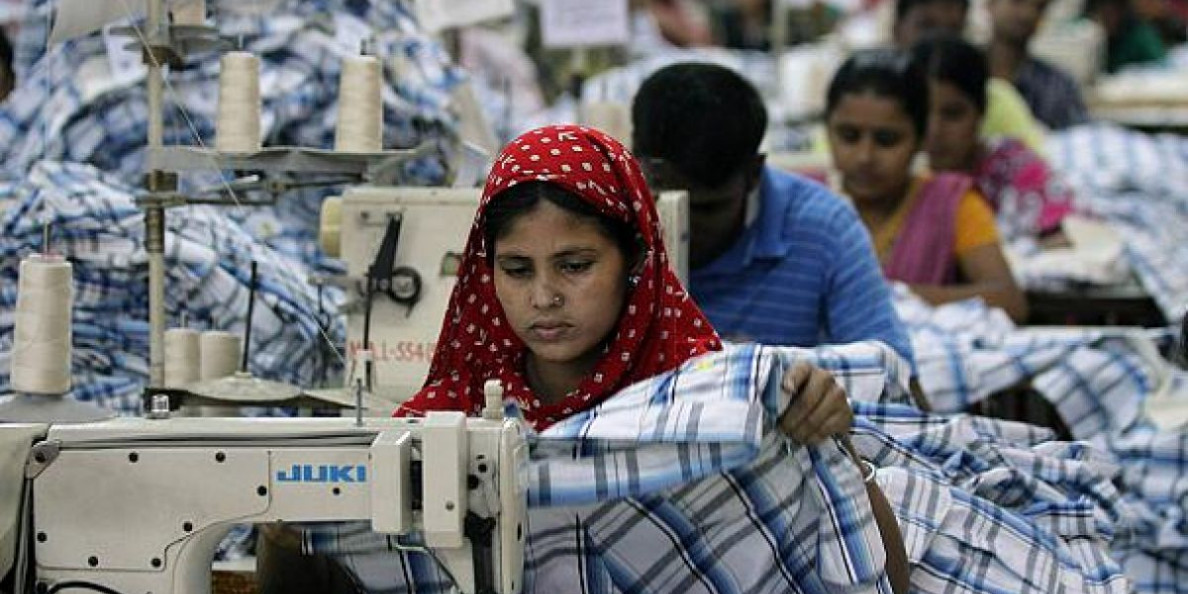Overdependence worries them
The overdependence on Indian cotton is becoming a cause of concern for local spinners as India itself is turning into a major cotton consumer with an increase in its export of apparel items, industry insiders said.
Currently, Bangladesh imports more than 60 percent of its required cotton from India, the single largest source of the raw material for the country.
“The overdependence on Indian cotton is a cause of concern for us. We should think of alternatives,” said A Matin Chowdhury, managing director of Malek Spinning Mills Ltd, one of the major local cotton importers in Bangladesh.
Bangladeshi spinners import cotton from India because of shorter lead-time, which is very necessary for the garment business in the present context of fierce global competition, Chowdhury said.
The prices of Indian cotton are almost the same as those of other countries, he said. The cotton supply from India is not always stable as New Delhi sometimes imposes ban on export when domestic consumption of the raw material goes up. “In such cases, Bangladeshi spinners have to face a dearth of cotton,” said Chowdhury. Backed by a massive stimulus package, India's garment export grew 15 percent year-on-year to $17 billion last fiscal year, which indicates that the country will consume a lot of cotton in the near future.
Recently Gujarat Chief Minister Vijay Rupani has announced a new garment and apparel policy that aims to attract investments worth Rs 20,000 crore.
According to the plan, 16 new industrial estates would be set up to use cotton grown in the state, boosting the textile value chain from farm to fibre, fabric, fashion and foreign exports.
Gujarat is the largest cotton producer as well as the biggest supplier of the raw material to other states.
It is time to encourage local entrepreneurs to invest in garmenting, Mumbai-based media outlet Textile Excellence quoted Rupani as saying.
Chowdhury said dependency of 35 and 40 percent on a single market is a wise percentage. The US, Australia and African countries can be good sources for cotton for Bangladesh.
Since many international clothing brands and retailers have placed restriction on Uzbekistan's cotton for alleged use of child labour, other central Asian countries can also be good sources, he said.
Bangladesh is the largest cotton importer worldwide. It overtook China after the latter stopped sourcing for having ample stocks of its own.
In 2016-17, some 7 million bales are expected to be imported. One bale equals 218 kg and the cotton year begins on August 1 and ends on July 31.
Bangladesh's cotton import will creep up to 7.1 million bales in 2017-18, further consolidating its position as the world's largest importer of the fibre, according to the recent reports of the United States Department of Agriculture.
Local growers can supply less than 3 percent of the annual demand, leading to the imports worth over $3 billion.
Abdul Hai Sarker, chairman of Purbani Group, another major cotton importer and spinner, said: “We should have the alternative sources for importing cotton as Bangladesh is the largest cotton consumer now worldwide.”
The demand for the natural fibre is on the rise in Bangladesh as it is the only country that is still dependent on raw cotton for making yarns and fabrics.
Other countries have shifted to manmade fibres like filament, polyesters and viscose, causing global consumption of cotton to decline in recent years.
Currently, the ratio of cotton and manmade fibre use is 28:72 worldwide, with a pronounced tilt towards artificial fibres, due to their lower price, improved functionality and ease of use, according to the International Textile Manufacturers Federation.
In Bangladesh, more than 90 percent yarns and fabrics are made from cotton.
Πηγή: thedailystar.net

